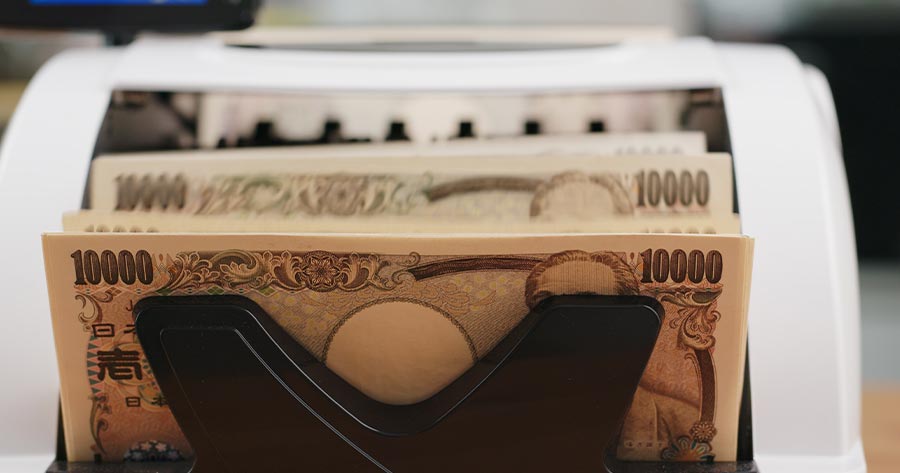Yen is at its weakest since last November. Many USD/JPY traders have been on guard since last night as the US Fed announced its rate decision and signals for the outlook, resulting in Japanese currency almost touched JPY 150 per USD, the same level that the monetary regulator, Bank of Japan (BoJ) had intervened in its currency last year.
The market will watch BoJ closely on this Friday rate decision, any detail given by its Governor Kazuo Ueda might give a sign on possible intervention again under the last on-going negative interest rate in the world.
Meanwhile, top currency official, Masato Kanda, indicated on Wednesday that officials stand ready to intervene in the currency market, with possible US backing, while Chief Cabinet Secretary Hirokazu Matsuno said Japan wouldn’t rule out any options to curb excessive moves.
“The yen weakened only moderately, as despite Janet Yellen’s commentary on Tuesday, Japan’s Ministry of Finance is likely to intervene in large fashion at JPY 150 per USD because it is hard to tolerate more inflationary pressure,” said John Vail, chief global strategist at Nikko Asset Management Co. in Tokyo.
On the other hand, Japan’s unstable economy on both domestic demand, consumption and investment has prompted its Prime Minister Fumio Kishida to pull together the pillars of an economic package early next week. The PM said on Thursday after the UN assembly that he intends to counter inflation and depopulation.
New economic minister Yoshitaka Shindo under Kishida’s new cabinet said last week, there’s a positive sign for Japan’s economy to escape deflation. Meanwhile, Kishida said there’s no plan to hold any summit with China by the end of this year yet.
Japan’s sovereign debt yields are low compared with peers, JPY has lost almost 12% against the dollar so far this year, making it the worst performance among major peers. The yield on benchmark 10-year government bonds in the Asian nations stood at 0.745%. While that’s the highest since 2012, it is a long way below the US equivalent of 4.42%.




